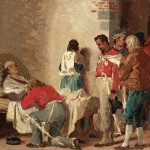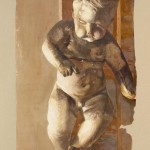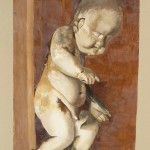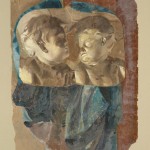
Giuseppe Sciuti was a star of his time. His portraits, genre scenes and historic paintings were widely exhibited and appraised even by Hereditary Prince Umberto of Savoy. Now the largest and most significant private collection of the artist’s work is going under the hammer in Dorotheum´s autumn auction.
The great significance of this Giuseppe Sciuti collection is not least due to its impeccable provenance, which can be traced back to the artist. Its first owner was Alfio Tomaselli (1846–1915), a close friend of the artist. The family that has now consigned the collection for sale appears to have owned it for more than twenty years – and cherished it a lot, for the condition of the paintings is excellent. It is the largest and most eminent privately owned collection of the artist’s work.
Although Sciuti was an extremely popular painter and enjoyed an enormously successful career during his lifetime, his works fell out of fashion after his death and were only recently re-appraised in 1989, with an exhibition at Galleria d’Arte Moderna in Palermo.

Giuseppe Sciuti was born in Zafferana Etnea, a small Sicilian village at the foothills of a volcano. As a child he showed an aptitude for drawing and received his first artistic instruction from set designer Giuseppe Di Stefano, followed by formal training with neoclassical painter Giuseppe Gandolfo (1792–1855) in Catania.
A Mount Etna eruption destroyed his father’s farms and the young Sciuti was forced to earn his living as a decorative painter. In 1863, he set off to Florence where he met the mostly young painters of the Macchiaioli movement, including Telemaco Signorini and Silvestro Lega. The group introduced him to the idea of painting en plein air, which was still a revolutionary concept at the time.
In 1867 the artist moved to Naples, where he stayed for eight years. Sciuti became captivated by Domenico Morelli’s style and technique, and was greatly influenced by his innovations. He began exhibiting paintings at the Società Promotrice delle Belle Arti in Naples, where he was encouraged by Filippo Palizzi and congratulated by the Hereditary Prince Umberto of Savoy and his wife.
It was during this period that the artist developed his distinctive artistic style. In 1873, he produced his first paintings inspired by Greek and Roman history. He also sent three pictures to the 1873 World Exposition in Vienna, including “Pindaro che esalta un vincitore dei giochi olimpici” (“Pindar Exalts the Winner of an Olympic Game”), now on view in the Brera Academy in Milan. At the time, he was associated with the Neo-Grec style or Pompeian movement, which sought to revive Greek motifs in paintings.
Sciuti settled in Rome in 1875 but never lost the connection to his homeland, where he often returned to work. He was also a hugely successful fresco painter and received many important commissions in Sicily, including the Hall of the Provincial Council of Sassari, Acireale Cathedral. Another important commission came with “Il trionfo dei catanesi sui libici” (“Triumph of the Catanians over the Libyans”), adorning the curtain of the Teatro Massimo
Bellini Catania, an opera house in Catania, Sicily. A study for this work is included in the works for auction. This commission must have prompted Sciuti to create another history painting for the Teatro Massimo in Palermo, this time depicting “Ruggero che esce dal palazzo reale dopo l’incoronazione” (“Roger Leaving the Palazzo Reale After His Coronation”). In 1890, after purchasing a grand residence in Via dei Villini in Rome, he sent works to an exhibition to London.
Sciuti’s career can be characterized by three distinct artistic phases: first, he continued to paint portraits throughout his life, often using his family members as models. He subsequently developed a reputation for his genre scenes, many of which were drawn from everyday life. Paintings in this category include “Le gioie della buona mamma” (“The Joys of the Good Mother”) and “Dolce disturbo” (“Sweet Disturbance”), both included in this auction. In the later phase of his career, Sciuti’s work matured into the original and inventive style of Greek and Roman history painting, a subject that earned him great acclaim.
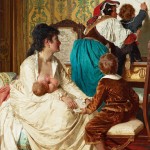

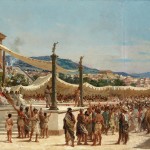
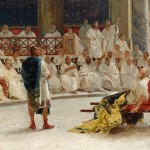
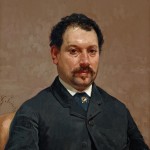
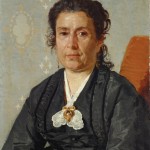

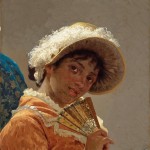

(myART MAGAZINE No. 06/2015)
19th Century Paintings Auction
Thursday, 22 October 2015, 5 pm
Exhibition: 10 October – 21 October 2015
Palais Dorotheum
For more information about the works and the auction please check the online catalogue!


